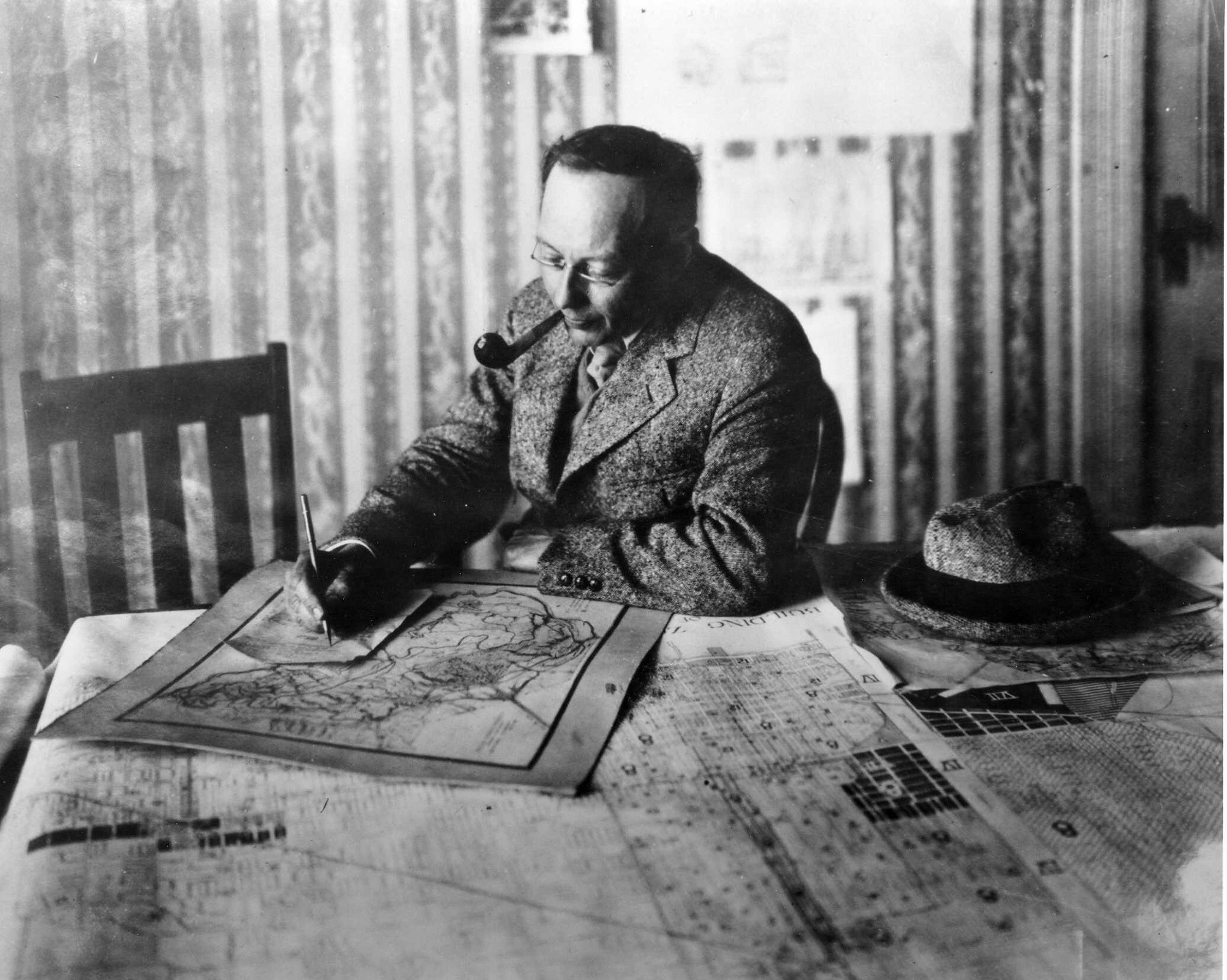Even though it’s been nearly a month after the 2013 ASLA conference, I still feel very inspired by what I’ve learned. Thanks to all the wonderful presentations and people that I’ve met, I left the conference with a newfound interest in soils, detailing, and technology; all of these topics have since helped inform my design decisions at Copley Wolff. I strongly recommend the conference to all landscape architects.
Image via Friends of Maryland’s Olmsted Parks & Landscapes
At the very first session I attended, Landscape Forensics: Why Things Fail, panelist Tom Ryan asked a question that stayed with me throughout the entire conference. Ryan, who spoke about the importance of detailing in the design process, asked the audience if anyone had ever read Frederick Law Olmsted Jr.’s article in Landscape Architecture Magazine‘s first issue. As far as I could see, no one raised their hand. He went on to explain that in that article, Olmsted Jr. wrote about the critical role detail can play in a project and how his findings could still be applied to design practices today.
For the next couple of days, I continued to wonder about what Olmsted Jr. had written. What kinds of “old school” details would still be relevant today? Did he mastermind a project by way of one critical detail? I knew I had to find that article, and luckily got my hands on a copy at the Boston Architectural College library.
Olmsted Jr. actually wrote three pieces in the first issue: ‘Street-Traffic Studies’, where he explains why he prefers the simple four-way cross street over alternatives such as the roundabout; ‘Notes Upon the Sizes of Steps Required for Comfort,’ in which he graphs and calculates the ideal tread-riser ratio for a comfortable flight of stairs; and ‘Soil Improvement and Irrigation on the Boston Common,’ where he addresses soil and irrigation concerns. In each of these three articles, Olmsted is thorough in his analysis and uses graphs, diagrams and calculations to prove his point.
For Olmsted Jr., it’s evident that the devil is in the details. As landscape architects, we face the difficult task of balancing our time between the big picture and the details. If you’re interested in reading his articles, check out the online Google Book of the issue. Have any thoughts on his analyses? Let us know in the comments below!
Lead image via Wikimedia
Published in Blog











Sam
Hey thoughtful post! The portrait is of Olmsted, Sr., though, correct?